Distressed Furniture Painting: Essential Tips
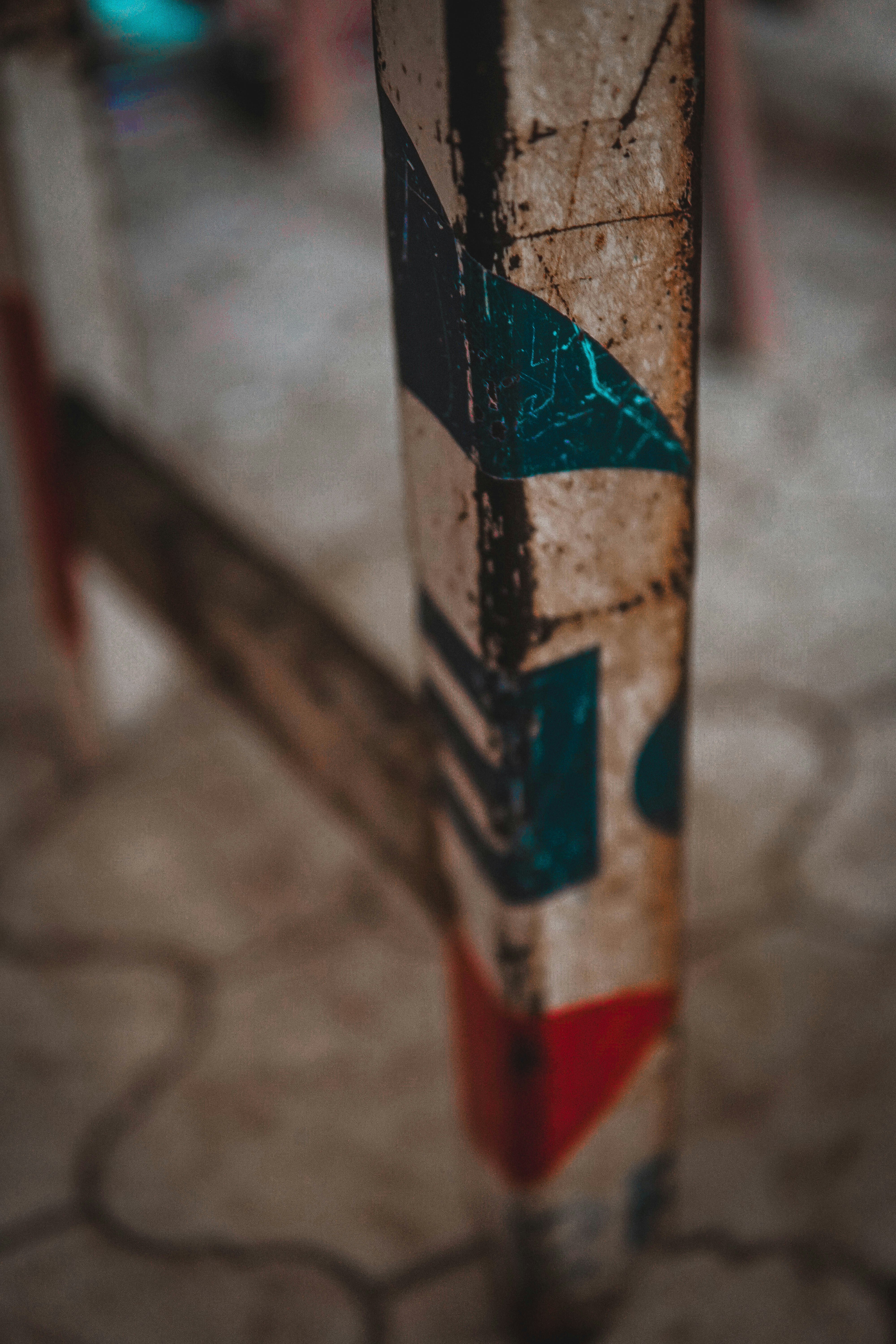
Introduction to Distressed Furniture Painting
Distressed Furniture Painting adds a unique charm to any space, blending vintage elegance with a modern twist. Whether you’re looking to give new life to old pieces or simply want to adopt the trendy aesthetic, painting furniture with a distressed finish can be a fun and rewarding project. Below are essential tips to help you master the art of distressed furniture painting.
Choosing the Right Paint and Tools
Selecting the right paint is crucial. Chalk paint is often favored for its matte finish and ease of use, while latex paint offers a more durable option. Make sure to gather essential tools including a high-quality paintbrush, sandpaper, and a sealant. These materials will ensure a smooth application and enhance the longevity of your painted furniture.
The Distressing Technique
To achieve the beloved worn look, start by applying a base coat of your chosen paint color. Once dry, you can begin the distressing process. Use sandpaper to gently wear away certain areas of the furniture, focusing on edges and corners where natural wear would occur. Be sure to take your time, as the goal is to create a subtle, beautiful finish. Lastly, apply a sealant to protect your work and enhance its beauty.
Conclusion: Distressed Furniture Painting: Essential Tips
Distressed painting techniques offer a timeless and charming way to bring character and personality into your décor. Whether you’re updating furniture, accent pieces, or walls, the appeal of distressed finishes lies in their imperfect, worn-in look that tells a story. This artistic approach breathes new life into older items and adds depth and texture to new ones, creating the perfect blend of vintage and modern aesthetics.
From sanding and dry brushing to using wax, crackle mediums, or layered paint, there are many ways to achieve a distressed finish depending on the desired effect. Each method allows for a high degree of customization. You can go for a subtle aged appearance or lean into a more rugged, heavily weathered look. The beauty of distressing is that there are no rigid rules—mistakes can often enhance the piece, adding to its authenticity.
These techniques are especially popular in styles like farmhouse, shabby chic, coastal, and industrial interiors. They work well on a variety of surfaces, including wood, metal, and even plastic. By combining different distressing tools and methods, you can transform ordinary furniture into heirloom-quality pieces with charm and patina.
Aside from aesthetics, distressed painting is also an eco-friendly way to upcycle or repurpose items, reducing waste while preserving history. An old dresser, mirror frame, or cabinet can be turned into a show-stopping focal point without the need for expensive replacements.
Incorporating distressing techniques into your DIY projects also brings a sense of satisfaction and creative freedom. It’s a craft that welcomes experimentation and personal expression, making it ideal for both beginners and seasoned artists.
In the end, distressed painting celebrates the beauty of age, wear, and imperfection. It reminds us that flaws can be part of what makes something beautiful and unique. Whether you’re crafting a cozy, lived-in vibe or simply adding depth to your design, distressed painting is a versatile technique that continues to inspire creatives and homeowners alike.
























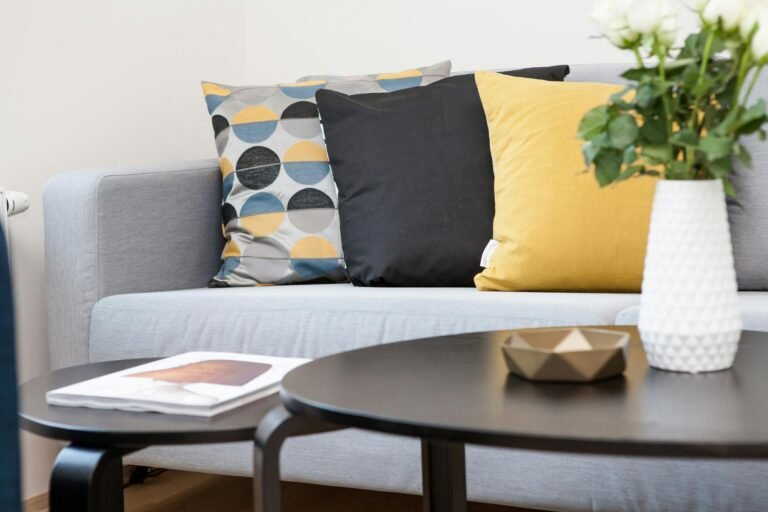
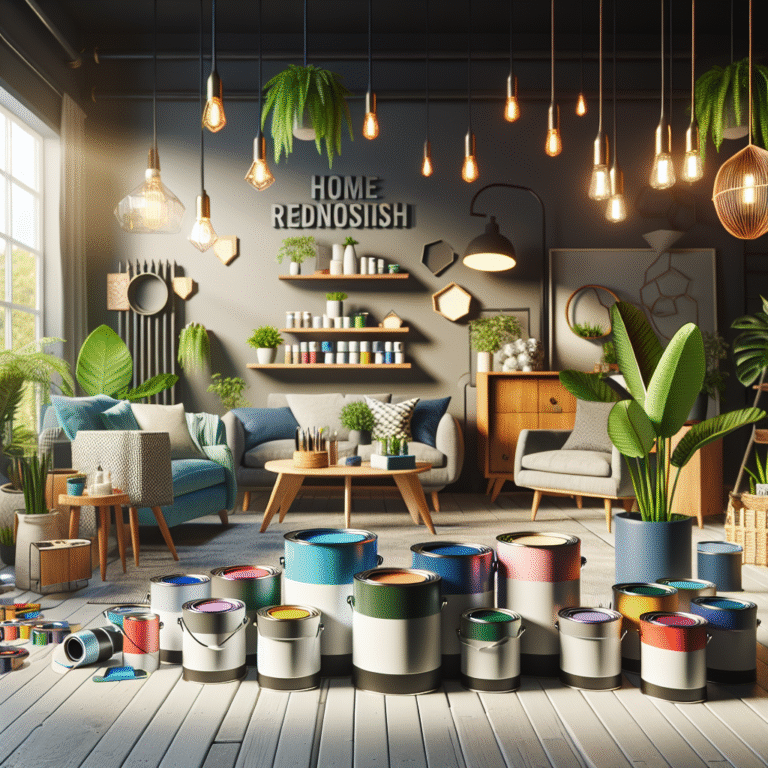
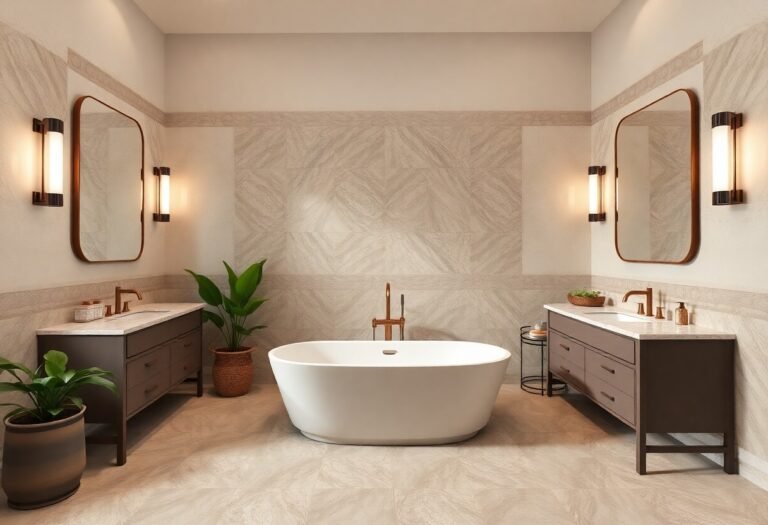
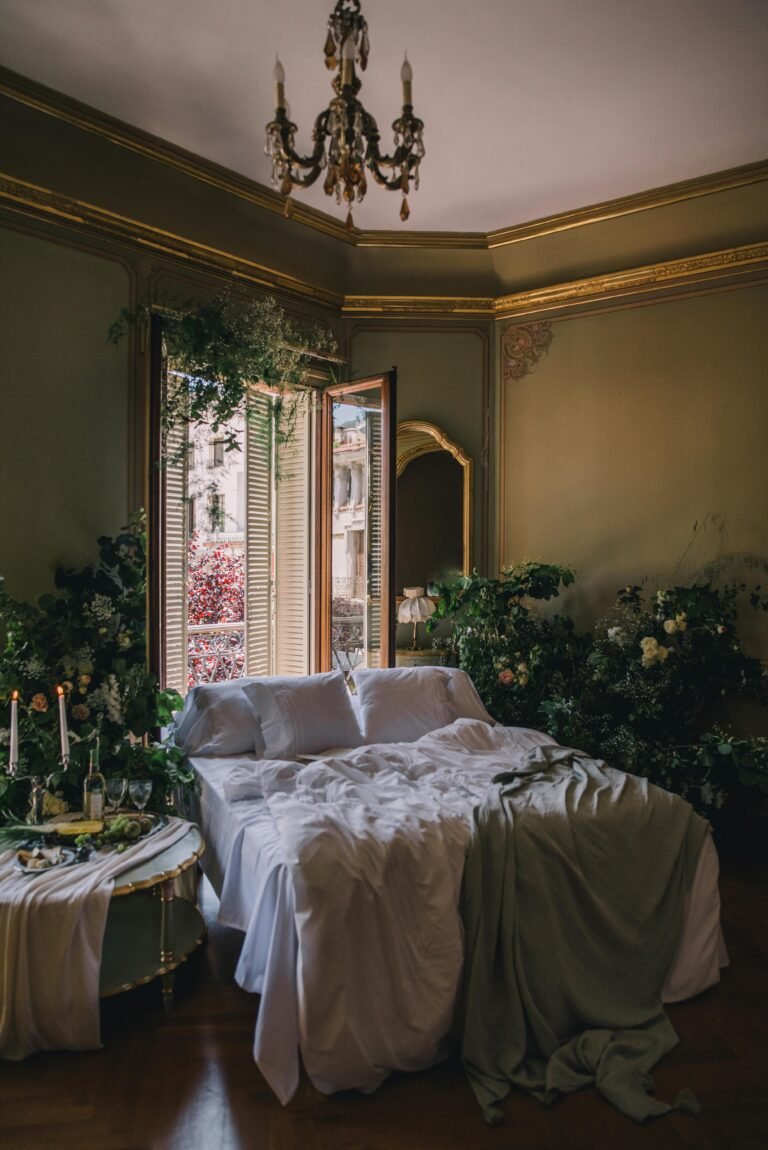


One Comment